London designer Max Lamb takes a shine to the Japanese art of lacquerware
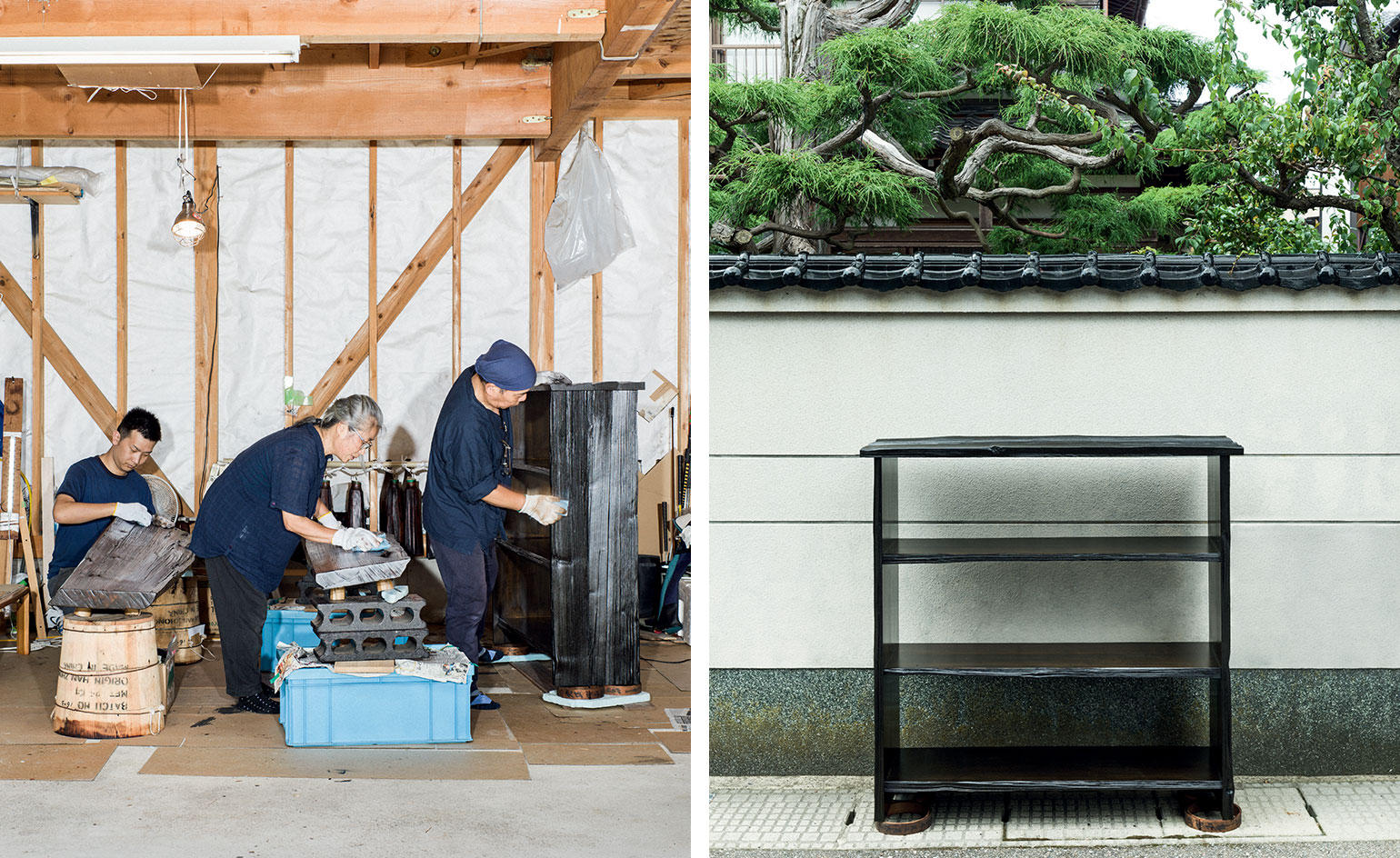
Max Lamb’s upcoming show ‘Urushi Wajima’ at London’s Gallery Fumi is the culmination of a nearly ten-year love affair with the finest Japanese urushi lacquer, and with the craftspeople in Wajima – in Ishikawa prefecture, on the northern tip of the Noto peninsula – who live and breathe the craft. ‘I’ve been in Wajima four times and just love working with all the craftspeople involved,’ says Lamb. His designs merge generations of tradition with his humorous and no-nonsense approach to the creative terrain between art and furniture.
If one can talk about a hierarchy of lacquer-producing regions in Japan, Wajima comes out on top. Wajima-nuri, as lacquer products from the small city (population 25,000) are known in Japan, are famed for superior durability. Their rigorous production involves layer upon layer of increasingly fine base coats, with careful drying, sanding and smoothing between each layer, until the final glossy top layer is applied, perhaps with some additional decoration in fine gold-leaf or coloured urushi.
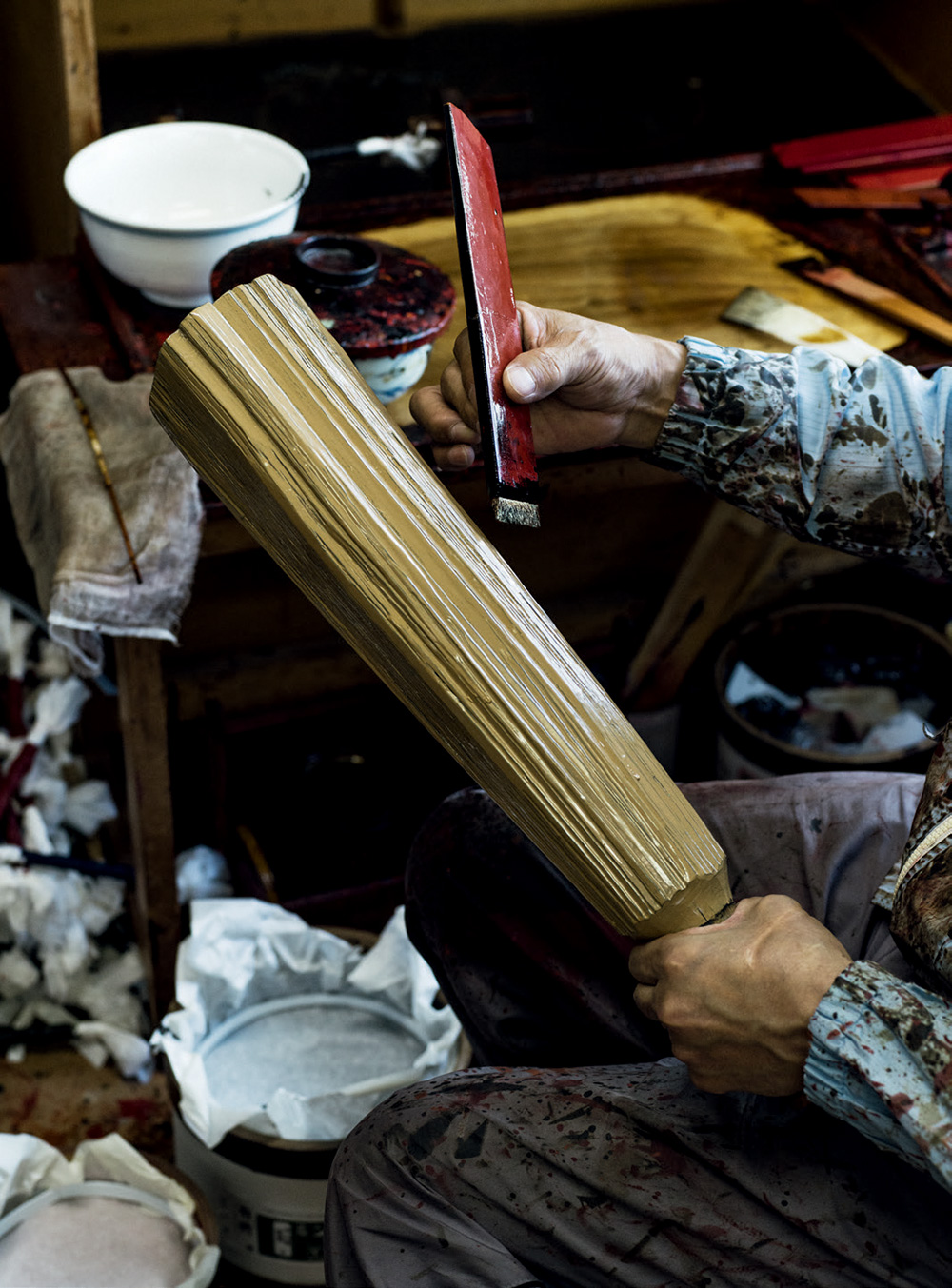
A final layer of white top coat urushi is applied to a bench leg in the Hikomochi workshop. Photography: Christoffer Rudquist
Lamb’s first hands-on experience with the tradition was back in 2010, when he participated in an exhibition at the Japanese Embassy in London called ‘Collacqueration’. One of his early three-legged split-wood stools was given the all-over lacquer treatment by a Wajima craftsperson.
Since then, Lamb has developed his own approach to the lacquering process. In traditional Wajima-nuri, the wood grains are almost always completely hidden between the many layers of base coats. It can be difficult for the untrained eye to tell the difference between a wooden or plastic bowl. By keeping the wood grains exposed and doing away with the many layers of base coatings, Lamb manages to keep the true nature of the wood alive, while still keeping the luxurious finish of the lacquer.
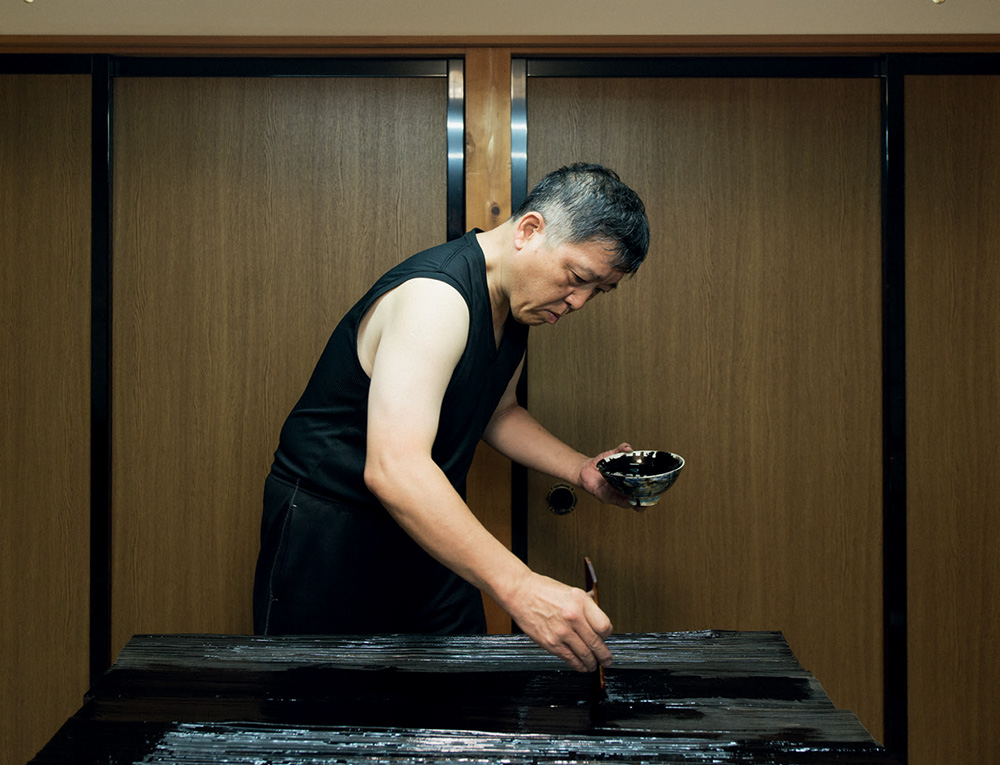
Masayoshi Nishiguchi applies black urushi to Lamb's ‘Urushi’ table. Photography: Christoffer Rudquist
Since 2010, Gallery Fumi has exhibited (and quickly sold) many more of Lamb’s Wajima works – including benches, stools and tables – but the new ‘Urushi Wajima’ show is an attempt to push boundaries and commit to an exhibition entirely focused on urushi. ‘This is without a doubt one of the most important shows we have been involved in as a gallery. It’s all incredibly exciting,’ says Gallery Fumi co-director Valerio Capo.
In Wajima, Motoya Daiku, the sixth-generation head of Tsutaya, one of the city’s many lacquer companies, is a key collaborator. In his beautiful townhouse office in the centre of the city, he explains the difference between Wajima-nuri and some of Japan’s other urushi traditions. ‘Wajima-nuri is by far the strongest tradition of Japanese lacquer,’ he says as he brandishes a 50cm-long piece of wood, divided into the 16 different coats in which a rice bowl or carrying tray would typically be covered. ‘And all this within a total thickness of only about 0.7mm.’
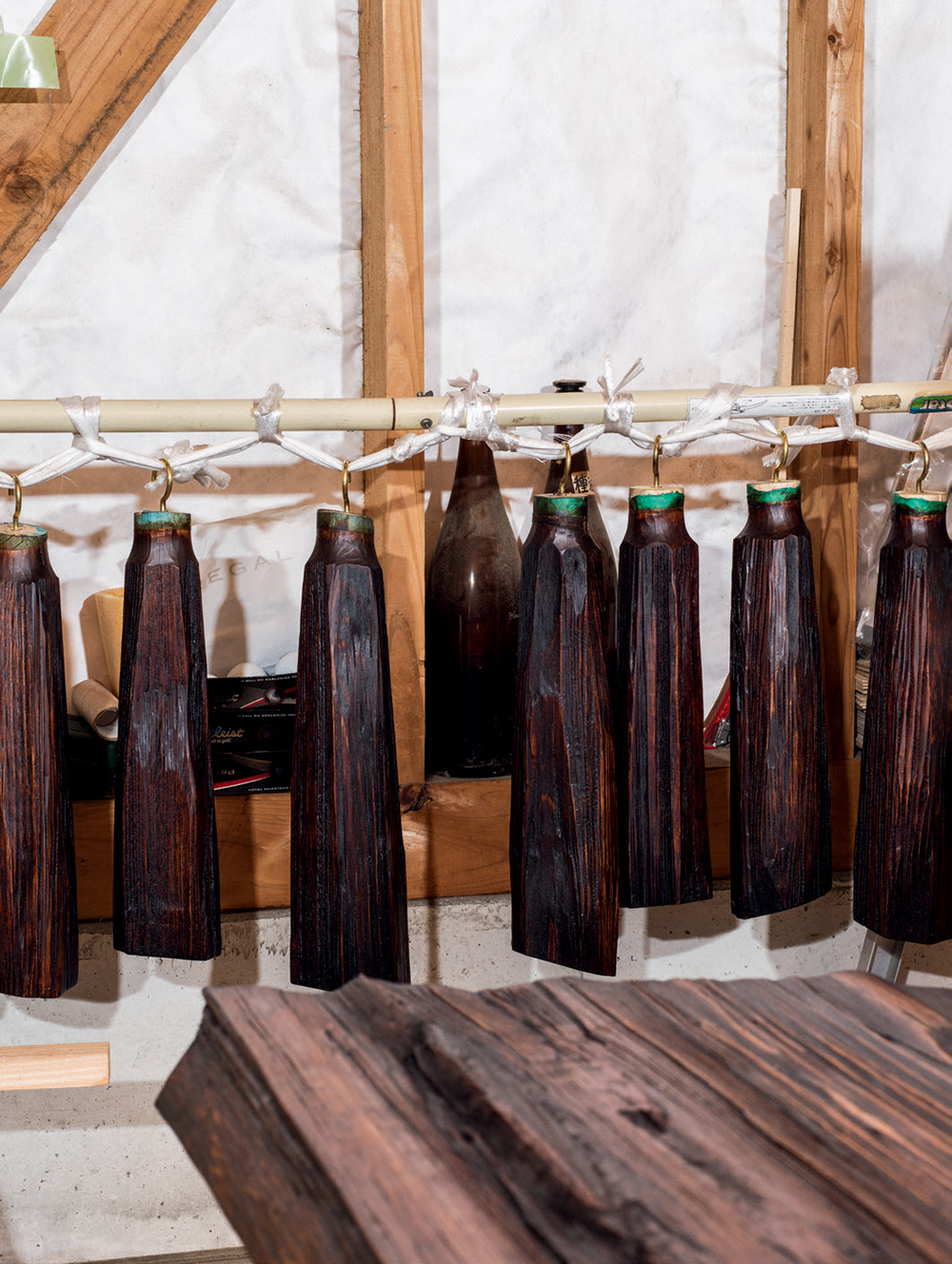
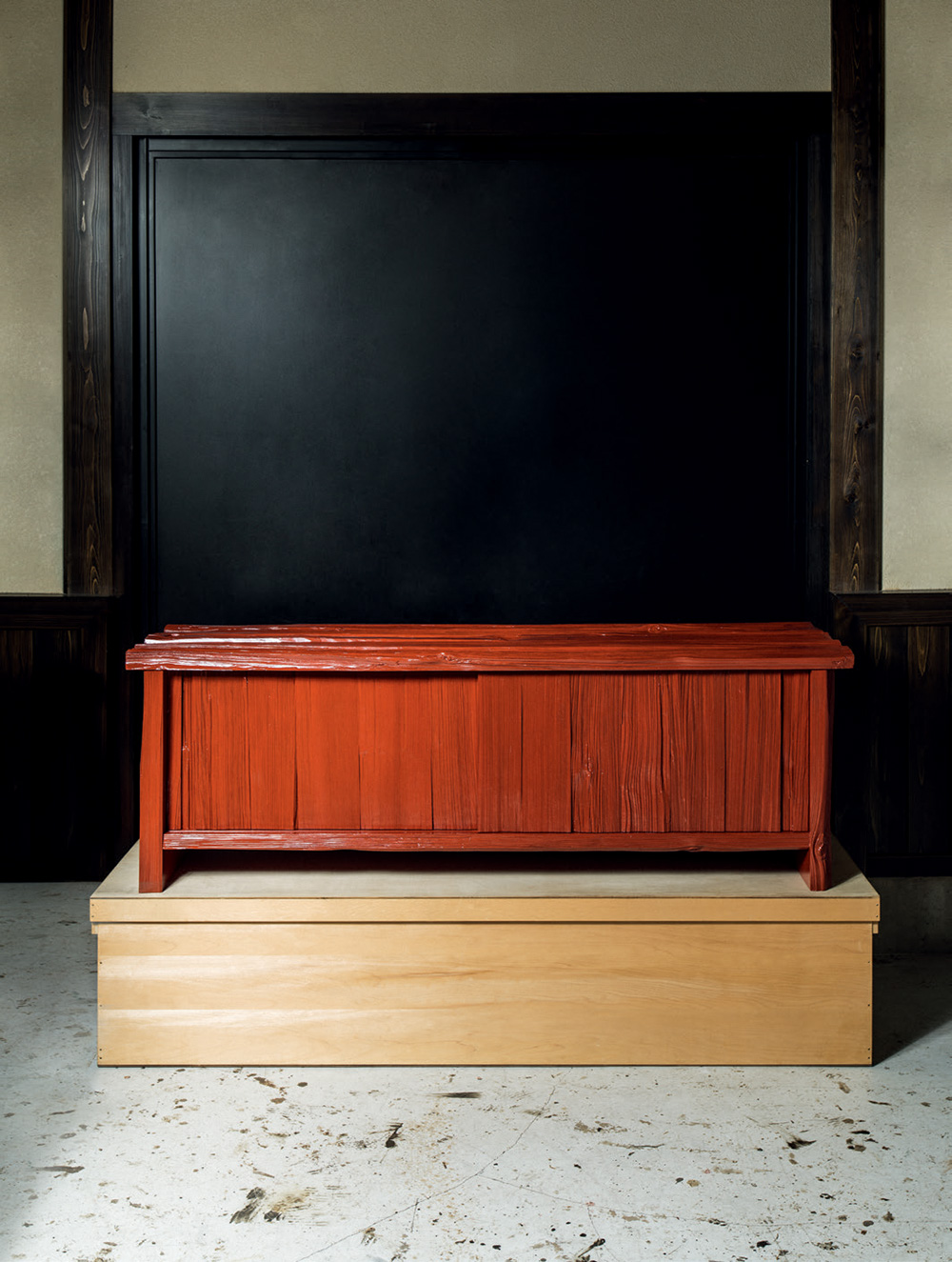
Top, ‘Urushi Twin’ bench legs left to dry at the Tsutaya workshop. Bottom, the completed ‘Urushi Split’ cabinet at the Hikimochi Workshop. Photography: Christoffer Rudquist
At his company’s nearby workshop, craftspeople are busy putting the final touches to some of Lamb’s larger items for the exhibition. There is a pitch-black pirate chest and an impressive bookcase, as well as a striking blood-red low cabinet with two snugly fitting sliding doors.
Lamb is known for being very hands-on, and usually creates most of his works himself, but for this exhibition he has given up some of his creative autonomy to more than 20 craftspeople in Wajima. They are producing the furniture series and a couple of large Wajima-nuri ‘Pillow’ bowls according to Lamb’s design. ‘The level of skill is extremely high,’ he says. ‘I wanted to celebrate the local artisans by handing over the entire process to them; from log to finished furniture.’ Some of the workers only do under or middle coats; others specialise in the final polishing, known as roiro. The ‘Urushi Pillow’ bowls alone, with production methods closest to traditional Wajima-nuri, involved ten people.
The bulk of the collection features roughly split, local noto-hiba (a kind of Japanese cypress similar to hinoki, also known as ate in the local dialect) planks that have been joined together to create simple pieces of furniture, such as the ‘Urushi Twin’ benches (both made from the same trunk), three- and four-legged stools, a chest and bookshelves, and finished in various shades of urushi lacquer. In addition to the ‘Urushi Pillow’ bowls, there is also the large, colourful ‘Urushi Pillow’ table, likewise finished in a combination of colourful urushi by master craftsman Hiroshi Nakakado.
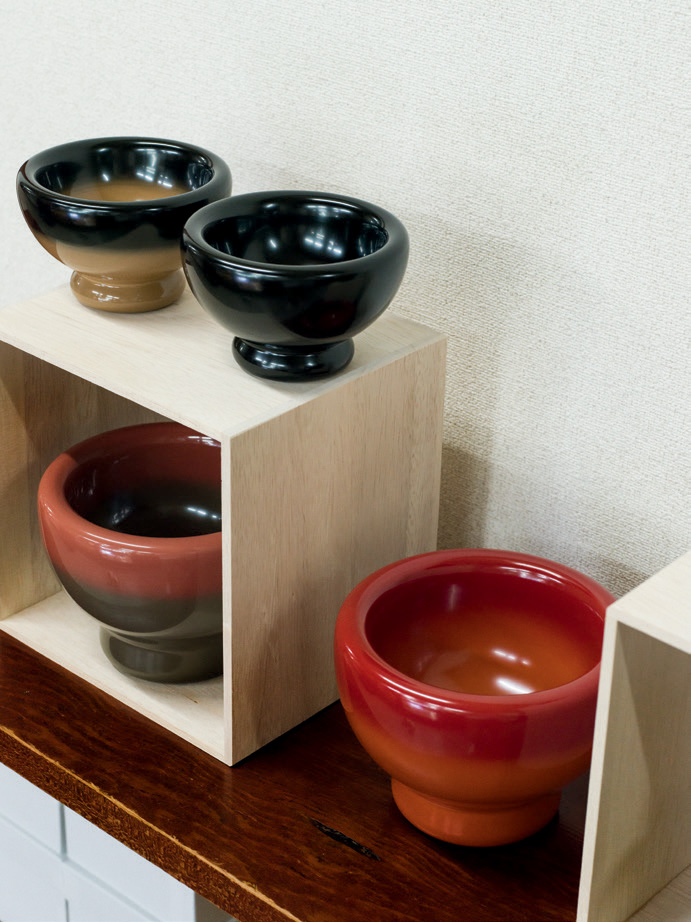
Some completed ‘Urushi Pillow’ bowls. Photography: Christoffer Rudquist
The actual making of the pieces is based on trust between Lamb and the craftspeople. ‘I always start with the material and then design the furniture that will fit the material,’ says Lamb. His sketches are therefore pretty fuzzy in terms of exact dimensions, and he trusts the judgement of the Wajima craftspeople to interpret his vision.
And it’s this wonderful collaborative process, from the splitting (known as hegi in Japanese) of the wood by Mitsuru Kurata to the final urushi top coat by Matsuo Hikimochi, that really makes the pieces shine. Everyone involved brings their own speciality to the final piece, and the result is a testament to the skills of the Wajima craftspeople and Lamb’s understanding of the art.
As originally featured in the October 2019 issue of Wallpaper* (W*247)
INFORMATION
Wallpaper* Newsletter
Receive our daily digest of inspiration, escapism and design stories from around the world direct to your inbox.
‘Urushi Wajima’ is on view from 14 September – 26 October. galleryfumi.com; maxlamb.org
ADDRESS
Gallery Fumi
2 Hay Hill
London W1
Originally from Denmark, Jens H. Jensen has been calling Japan his home for almost two decades. Since 2014 he has worked with Wallpaper* as the Japan Editor. His main interests are architecture, crafts and design. Besides writing and editing, he consults numerous business in Japan and beyond and designs and build retail, residential and moving (read: vans) interiors.
-
 Eight designers to know from Rossana Orlandi Gallery’s Milan Design Week 2025 exhibition
Eight designers to know from Rossana Orlandi Gallery’s Milan Design Week 2025 exhibitionWallpaper’s highlights from the mega-exhibition at Rossana Orlandi Gallery include some of the most compelling names in design today
By Anna Solomon
-
 Nikos Koulis brings a cool wearability to high jewellery
Nikos Koulis brings a cool wearability to high jewelleryNikos Koulis experiments with unusual diamond cuts and modern materials in a new collection, ‘Wish’
By Hannah Silver
-
 A Xingfa cement factory’s reimagining breathes new life into an abandoned industrial site
A Xingfa cement factory’s reimagining breathes new life into an abandoned industrial siteWe tour the Xingfa cement factory in China, where a redesign by landscape specialist SWA Group completely transforms an old industrial site into a lush park
By Daven Wu
-
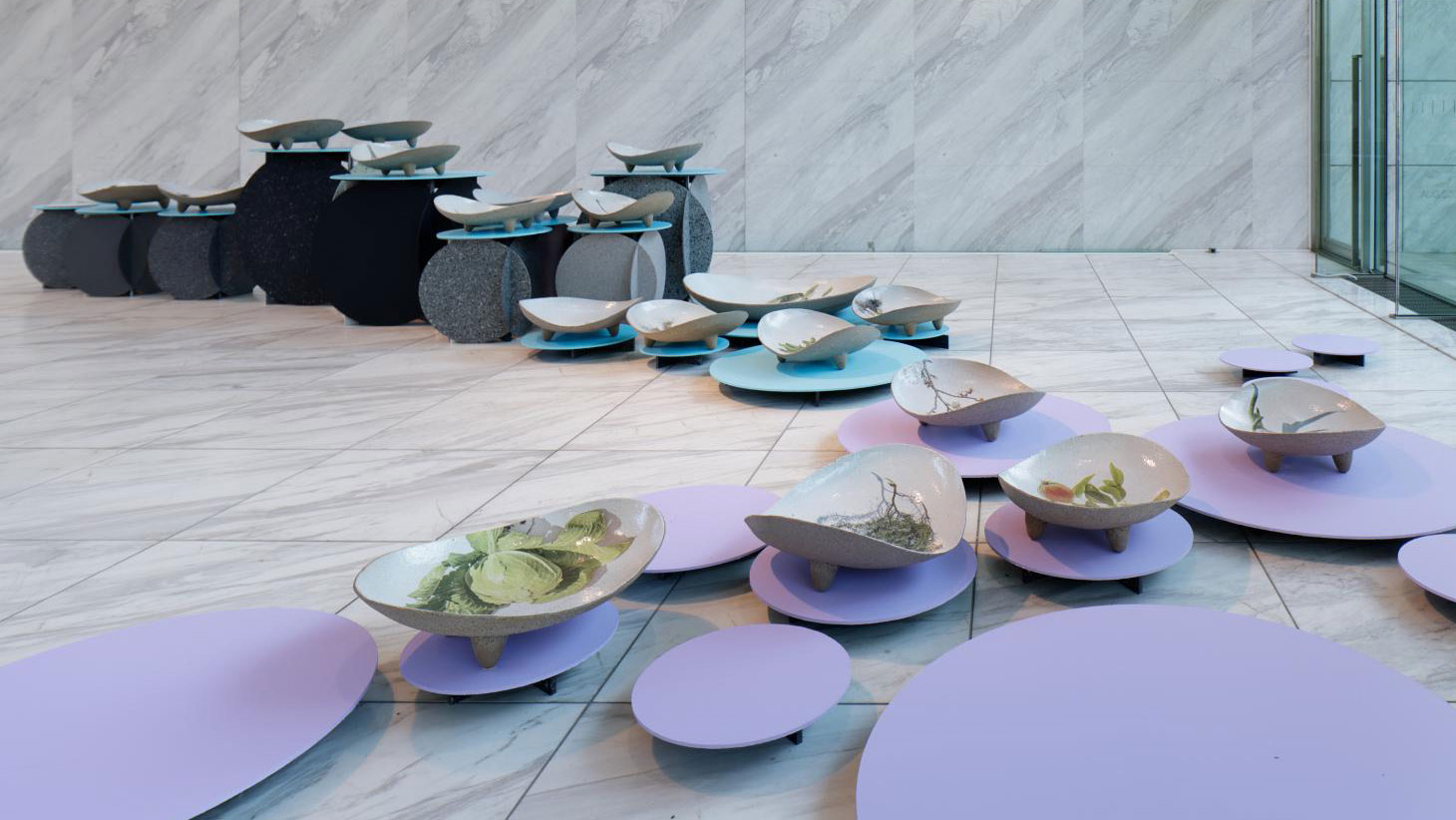 Designart Tokyo transforms the city into a museum of creativity
Designart Tokyo transforms the city into a museum of creativityDesignart Tokyo presents global design highlights through a series of exhibitions involving global creative talent and traditional Japanese craft
By Danielle Demetriou
-
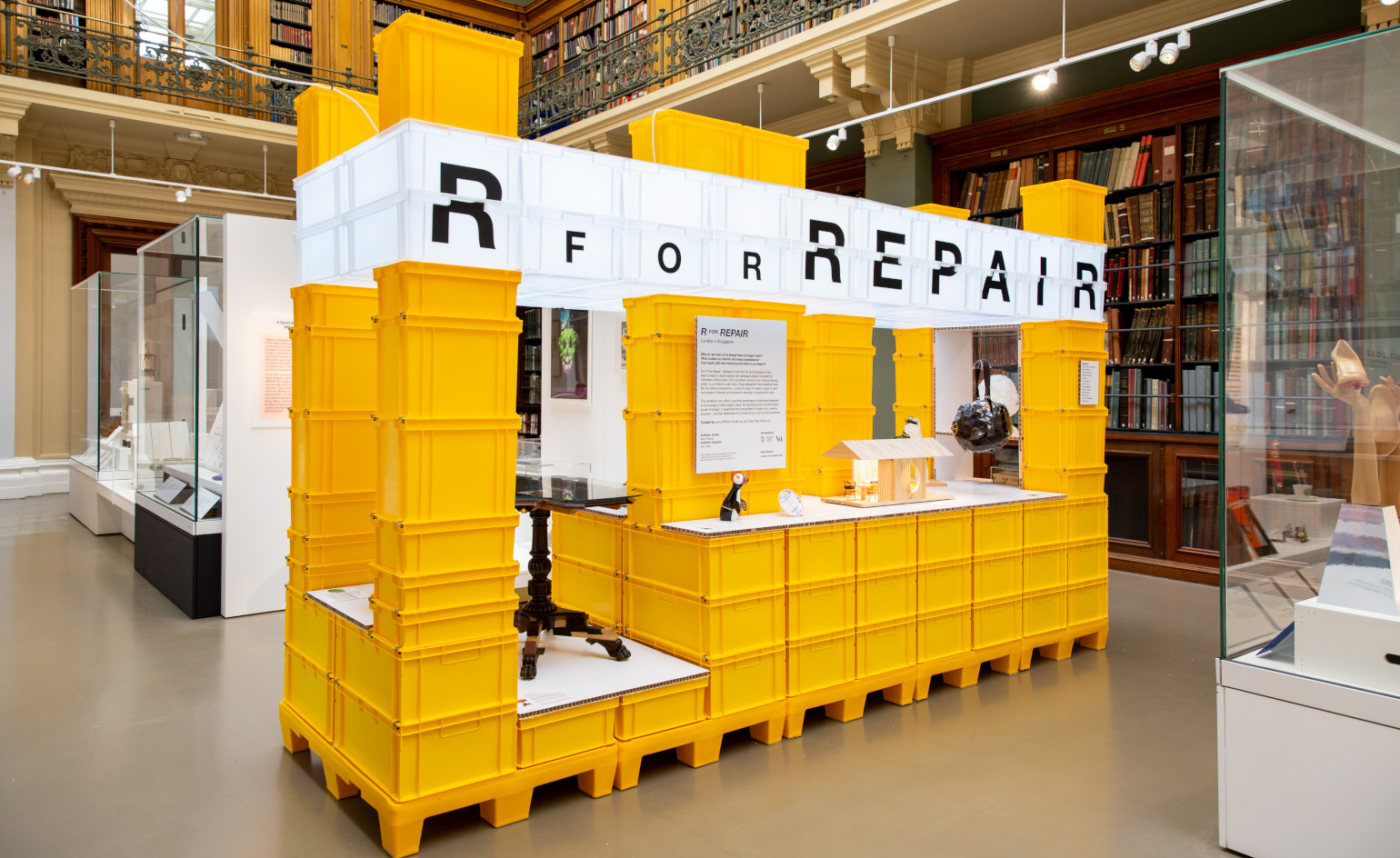 ‘R for Repair’ at London Design Festival displays broken objects, re-formed
‘R for Repair’ at London Design Festival displays broken objects, re-formedIn the second half of a two-part exhibition and as part of London Design Festival 2022, ‘R for Repair’ at the V&A displays broken objects, re-formed
By Martha Elliott
-
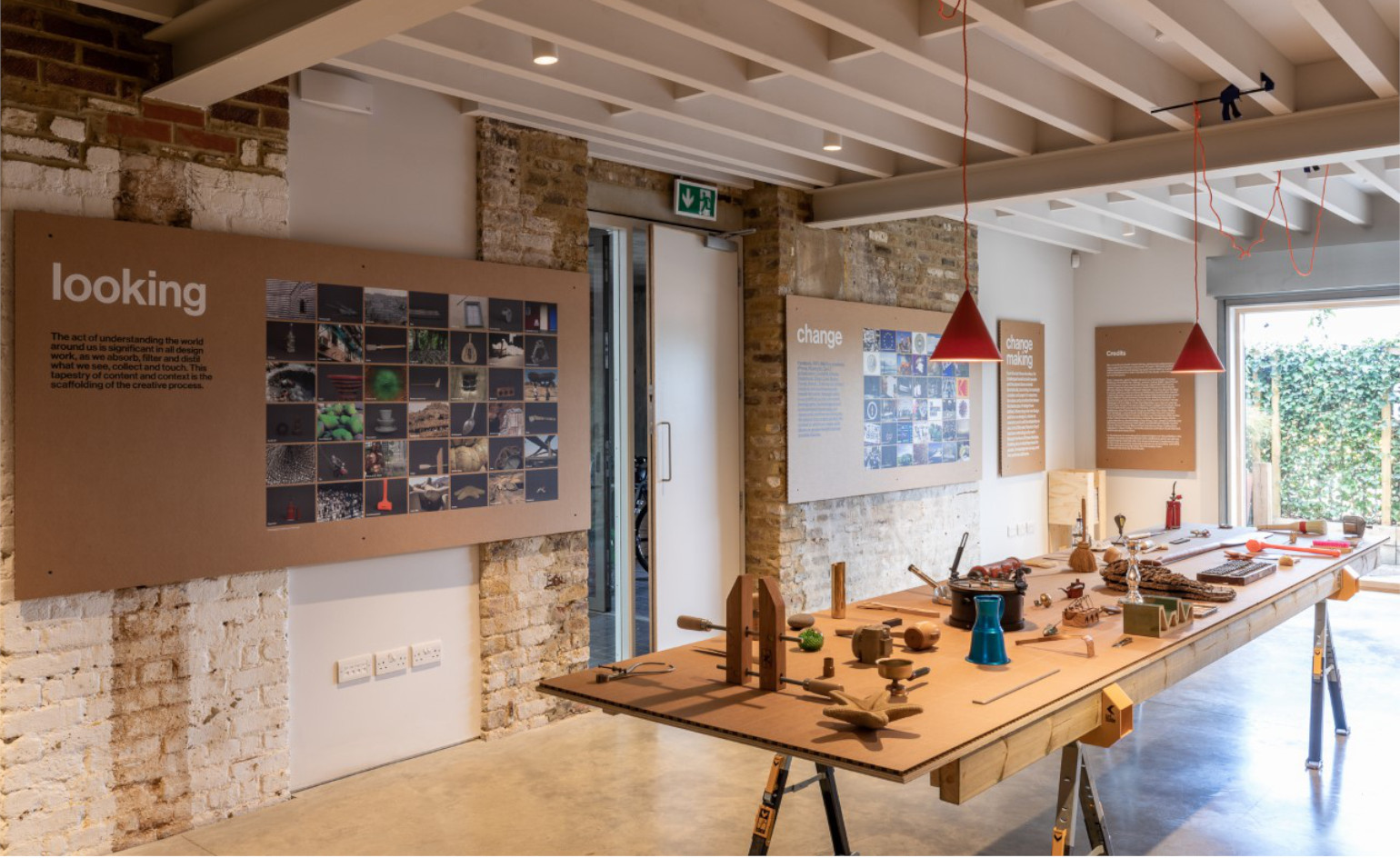 ‘Finding quality through the act of making’: Pearson Lloyd celebrates 25 years of design
‘Finding quality through the act of making’: Pearson Lloyd celebrates 25 years of designPearson Lloyd’s show ‘Change Making’ reflects on past designs from its archives, showcasing the influences on and evolution of the studio, from furniture design to the NHS
By Martha Elliott
-
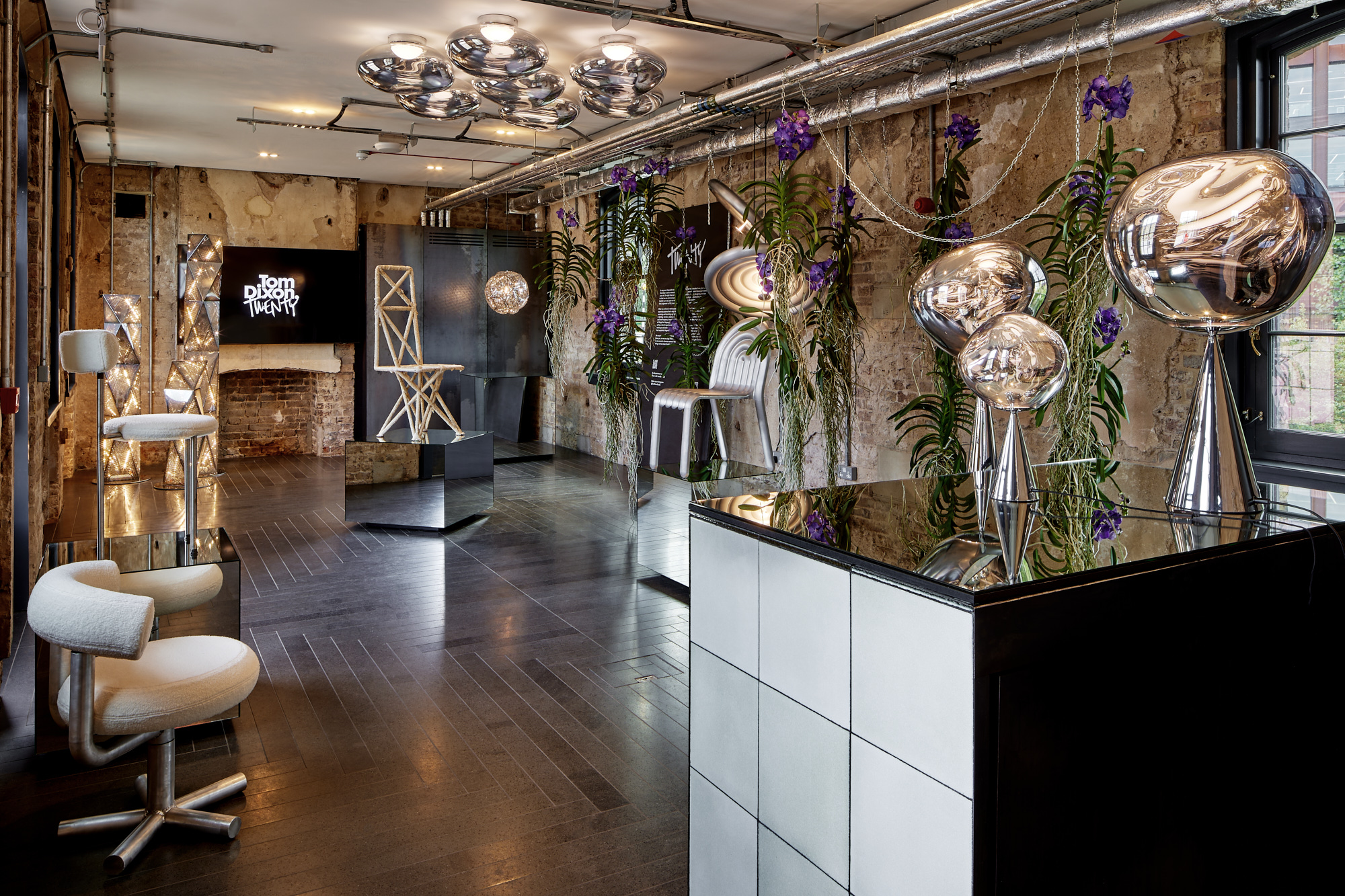 Tom Dixon marks his studio's 20 years with a show of design experiments
Tom Dixon marks his studio's 20 years with a show of design experimentsMushroom, cork, steel coral and more: Tom Dixon showcases an overview of his design experiments as he celebrates his practice's 20 years
By Rosa Bertoli
-
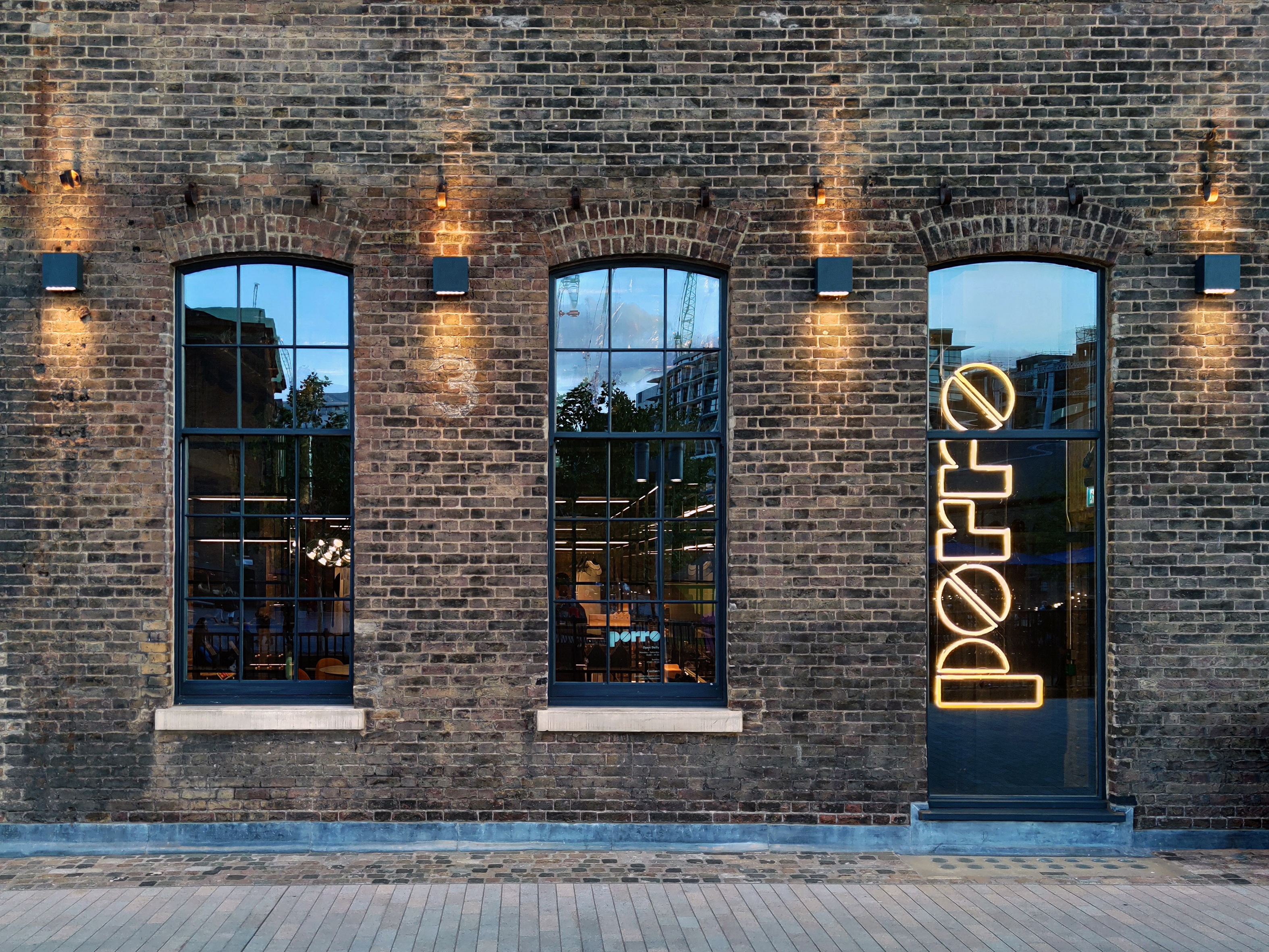 Porro unveils new London showroom at Coal Office
Porro unveils new London showroom at Coal OfficeLondon Design Festival 2022: industrial architecture meets pure geometries in the new Porro showroom, taking over a space within Tom Dixon’s Coal Office to showcase the brand’s systems and furniture
By Rosa Bertoli
-
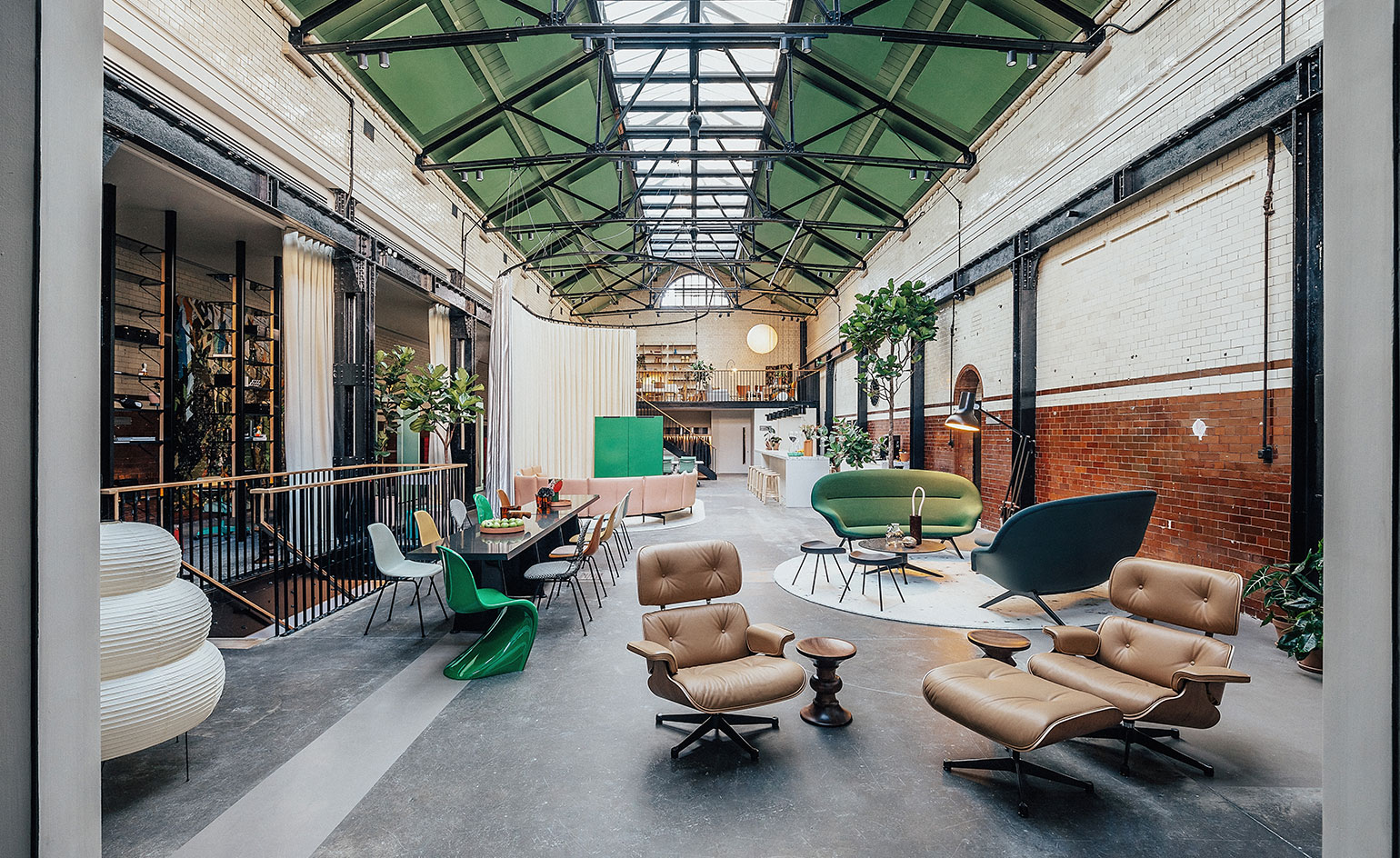 Vitra unveils new London home in the Tramshed, Shoreditch
Vitra unveils new London home in the Tramshed, ShoreditchLondon Design Festival 2022: after a year-long renovation, Vitra opens the door to its new showroom in the heart of Shoreditch
By Rosa Bertoli
-
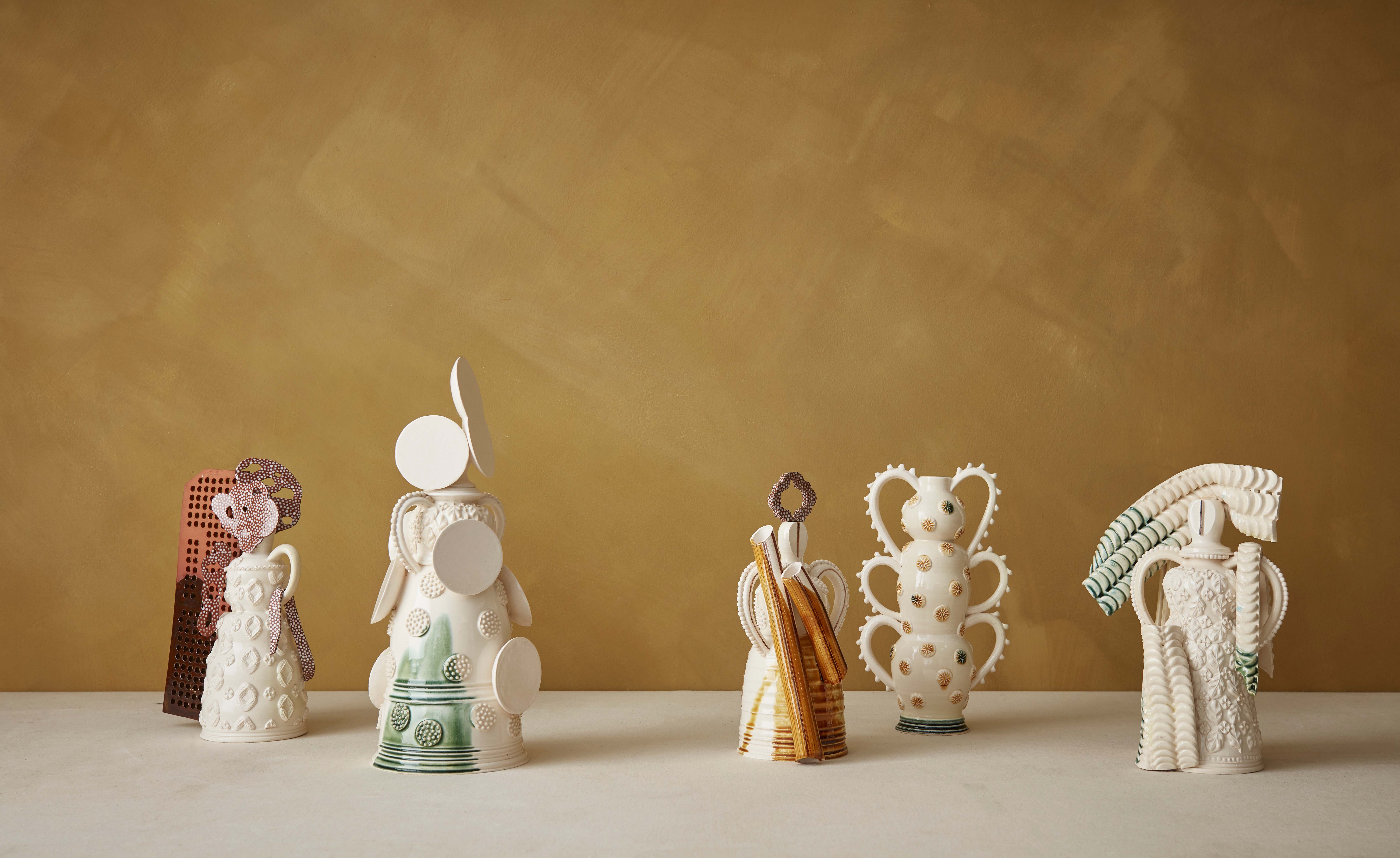 Mudlarking beside the River Thames inspires The New Craftsmen’s makers
Mudlarking beside the River Thames inspires The New Craftsmen’s makersLondon Design Festival 2022: The New Craftsmen’s new collection, ‘Claylarks’, features work from a group of creatives inspired by a River Thames mudlarking expedition
By Mary Cleary
-
 One tree, ten designers: SCP presents The One Tree Project at London Design Festival
One tree, ten designers: SCP presents The One Tree Project at London Design FestivalLondon Design Festival 2022: SCP enlisted ten British designers to create furniture and objects from a felled ash tree from founder Sheridan Coakley's Hampshire garden
By Francesca Perry